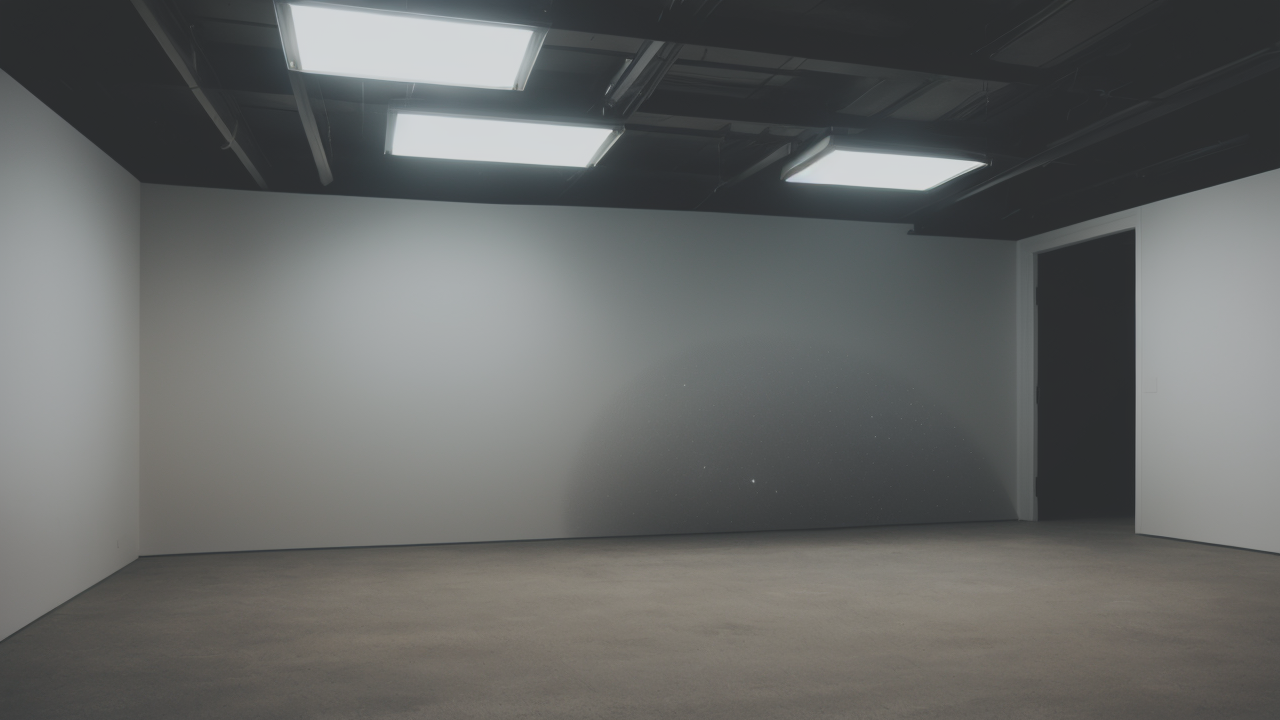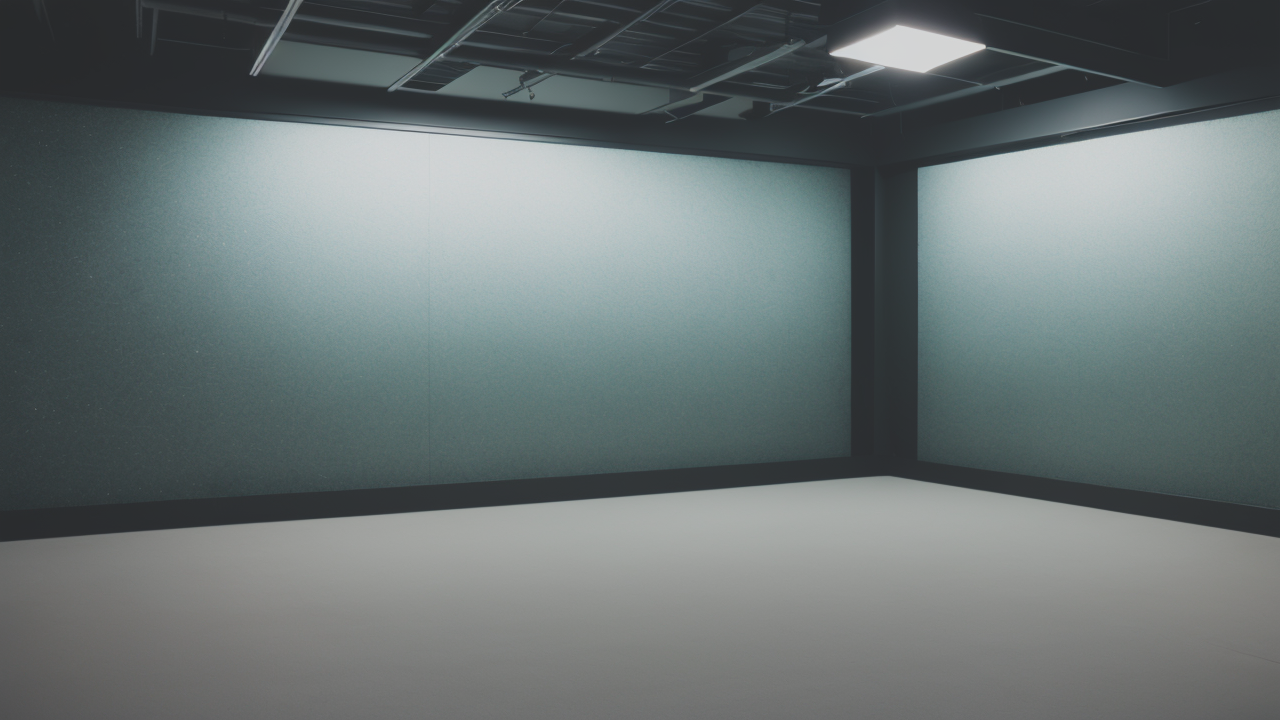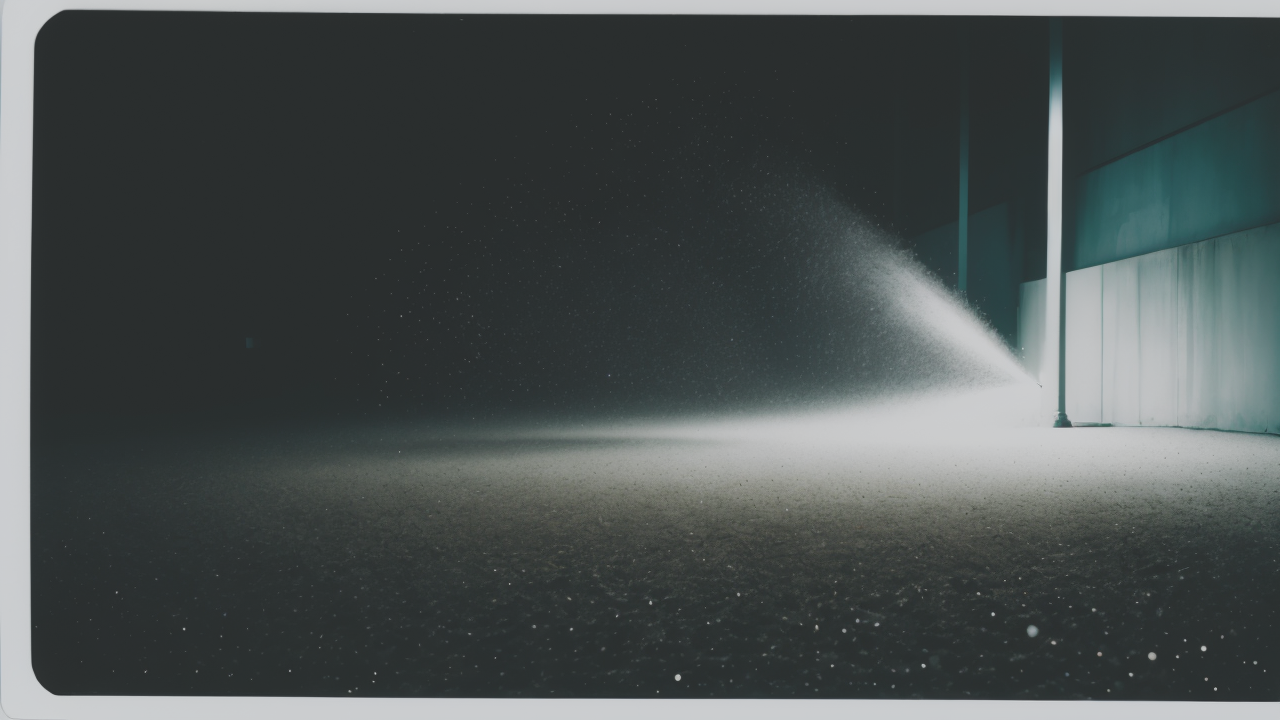
Minimalism in American Art: A Journey Through Simplicity and Expression
Emergence of Minimalism in Modern Contemporary Art
The Influence of Minimalist Philosophy on Artistic Expression
Minimalist philosophy has deeply shaped modern art. It promotes simplicity and clarity in creation.

Artists now focus on essential elements, removing excess details. This approach allows for powerful
expression through minimal means.
In minimalistic drawings, artists use few lines to convey their message. They often work with basic
shapes and limited colors. The goal is to create impact with less. This style challenges artists to
communicate more effectively.
Minimalist philosophy encourages artists to explore the essence of their subjects. They seek to reveal
the core of an idea or emotion. This often results in striking, thought-provoking works. Viewers are
invited to engage deeply with seemingly simple pieces.
The influence extends beyond visual arts. It affects music, literature, and design too. Minimalism
promotes a 'less is more' approach across creative fields. This philosophy continues to inspire new
forms of artistic expression.
Historical Evolution of Minimalism and Its Impact on Art
Minimalism as an art movement emerged in the 1960s in America. It was a response to the complex,
emotional styles of the time. Early minimalist artists sought to remove personal expression from their
work. They focused on objective, non-referential art.
Key figures like Donald Judd and Agnes Martin led this movement. They created art with simple geometric
forms and limited colors. Their work often used industrial materials and repetitive elements. This
approach was revolutionary in its stark simplicity.
Over time, minimalism evolved and influenced various art forms. It shaped sculpture, painting, and even
architecture. The movement's impact spread globally, changing how artists approach their craft. Today,
minimalism continues to be a significant force in contemporary art.
Modern minimalist drawings often blend traditional techniques with new ideas. Artists explore ways to
convey complex concepts with minimal elements. This evolution keeps minimalism fresh and relevant in
today's art world.
Key Characteristics of Contemporary Minimalist Art
The Role of Simplicity and Aesthetics in Contemporary Creations
Simplicity is the cornerstone of contemporary minimalist art. Artists focus on essential elements to

convey their message. They often use basic shapes, clean lines, and limited color palettes. This
approach creates a clear, uncluttered visual experience.
In minimalist drawings, every line and shape serves a purpose. Artists carefully consider the placement
of each element. They aim to create balance and harmony within the simplicity. This thoughtful approach
can make even the simplest works feel powerful.
Aesthetics in minimalist art are about creating impact through restraint. Artists play with negative
space to draw attention to what's present. They might use a single color but vary texture for depth.
These techniques add interest without compromising simplicity.
Contemporary minimalist artists often explore the beauty in everyday objects. They find ways to
highlight the elegance of simple forms. This approach encourages viewers to see the world differently.
It invites appreciation for the beauty in simplicity.
Interactive and Installation Art: Minimalism Meets Technology
Technology is opening new doors for minimalist art. Many artists now create interactive installations.
These works engage viewers in unique ways. They often use light, sound, or motion to enhance the
experience.
Some installations feature simple geometric shapes that respond to movement. Others create minimalist
spaces that change over time. These works blur the line between art and environment. They offer
immersive experiences while maintaining minimalist principles.
Digital technology allows for dynamic minimalist creations. Artists can now create works that evolve and
change. This adds a new dimension to the concept of minimalism in art. It challenges the traditional
idea of static, unchanging minimalist pieces.
Virtual and augmented reality are also entering the minimalist art world. Artists use these tools to
create simple yet immersive experiences. These works challenge our perception of space and form. They
offer new ways to explore minimalist concepts.
The Economic and Cultural Significance of Minimalist Art
The Market Dynamics of Minimalist Art Pieces
Minimalist art has gained significant value in the American art market. Collectors appreciate its

timeless quality and versatility. Simple, elegant pieces often fit well in various settings. This broad
appeal contributes to their market strength.
Major auction houses regularly feature minimalist works. Pieces by renowned minimalist artists can fetch
high prices. This reflects the enduring influence and appeal of the movement. It also indicates the
investment potential of minimalist art.
Emerging artists are finding success with minimalist approaches too. Their fresh takes on simplicity
attract both critics and collectors. This keeps the market for minimalist art vibrant and evolving. It
ensures a continuous influx of new ideas and talent.
Galleries often showcase minimalist art due to its visual appeal. The clean aesthetics make for striking
exhibitions. This visibility helps maintain interest and value in the minimalist art market. It also
provides exposure for both established and emerging artists.
Minimalism as a Reflection of Societal Trends in the United States
Minimalism in art often mirrors broader societal trends in America. There's growing interest in simpler
lifestyles. This aligns well with the principles of minimalist art. Many see it as a visual
representation of a desire for less clutter and complexity.
The appeal of minimalist art reflects a response to information overload. In a world of constant
stimulation, simple art offers visual respite. It provides a space for contemplation and calm. This
makes it particularly relevant in today's fast-paced American society.
Environmentally conscious consumers appreciate minimalism's efficient use of resources. This eco-
friendly aspect adds to its appeal in sustainability-focused culture. Minimalist art often embodies the
principle of doing more with less.
Minimalist art also reflects a desire for authenticity in American culture. In a world full of artifice,
its honesty resonates. The directness of minimalist works connects with viewers seeking genuine
experiences. This alignment with current values keeps minimalism relevant in contemporary art.
The upcoming US art event will showcase these trends in minimalist art. It will highlight how artists
push boundaries while staying true to minimalist principles. Attendees can expect innovative uses of
space, light, and form. The event will also explore minimalism's intersection with other art movements.
For art enthusiasts, this event offers a unique opportunity. They can witness firsthand the latest
developments in minimalist art. It's a chance to see how this influential style continues to evolve and
inspire. The event promises to be a celebration of simplicity's enduring power in American art.
Simplicity photography, a branch of minimalist art, will also be featured. This style focuses on
capturing simple, clean images. It often uses negative space and minimal elements to create impact.
Photographers in this genre strive to tell stories with as little as possible.
The event will showcase how simplicity photography fits into the broader minimalist movement. It will
highlight how photographers use light, composition, and subject matter. Attendees will see how this
approach can create powerful, memorable images with minimal elements.
Overall, this US art event will offer a comprehensive look at minimalism in American art. It will
celebrate the movement's past, present, and future. Visitors will gain insights into how minimalism
continues to shape the art world. They'll see firsthand how simple can indeed be powerful.


